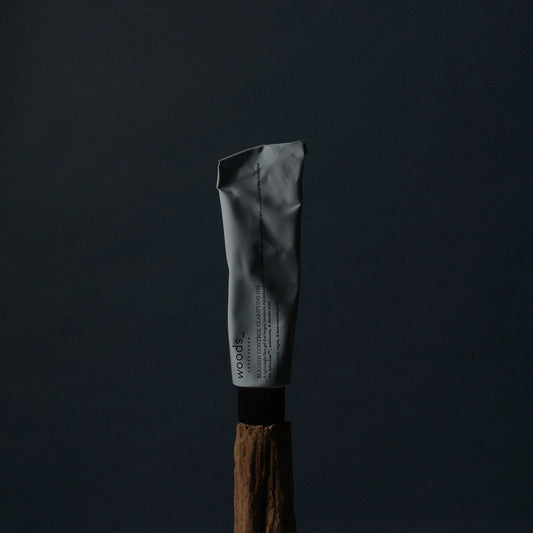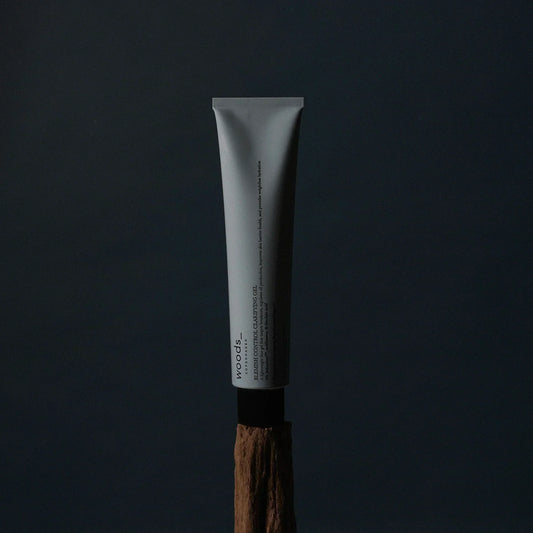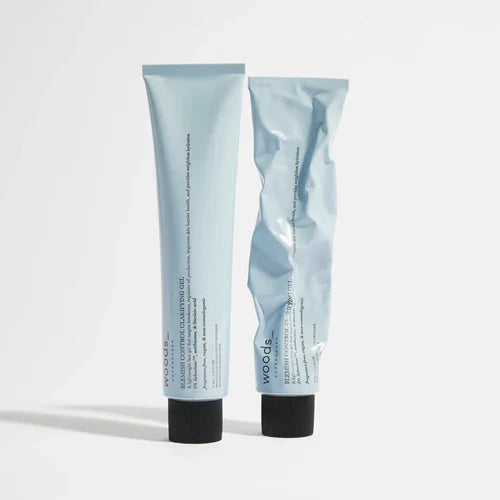What is skin cycling?
If your algorithm has caught up to the fact that you’re interested in skincare, the term skin cycling is probably not new to you. However, if the buzz hasn’t reached your social media pages yet, here’s what it’s all about.
The trend focuses on two things: Active ingredients and rest. As the name suggests, the ritual has your skin “cycle” through varying active ingredients over a span of four days. The cycle goes as follows: exfoliation night, retinoid night, recovery night, recovery night, repeat. The goal is to get maximum benefits out of your ingredients while minimizing the risk of irritation because the skin gets “rest days” in between the powerful ingredients.
While this all sounds great, we don’t find that it’s a one-size-fits-all solution for all skin types. And we’ll gladly tell you why.
Should you do skin cycling?
Let’s get one thing straight: Skin cycling definitely can be beneficial to some skin types and be an effective way to make sure you incorporate your products carefully. The issue with trends like these going viral is that some people dive head first (literally) into them without thinking twice about their unique skin type and its needs, sensitivities, and other important factors.
Exfoliating products as well as products containing retinoids are effective at treating various skin concerns, such as hyperpigmentation, breakouts, and premature aging signs.
However, if you’re new to these types of ingredients, or your skin is on the sensitive side, jumping directly into skin cycling can come with some disadvantages, possibly resulting in dryness and irritation. Also, your skin is unique – you should treat it as such. In other words, what works for someone else (on the internet) may not work for your specific skin.
How to incorporate exfoliation and retinoids into your routine
Keyword: Gently.
Generally, but especially if your skin is sensitive, you should always pay attention to the ingredients, concentration, and methods of your products. For example, it might make more sense to opt for a chemically exfoliating mask with mild skincare acids than to use a mechanical scrub, if your skin is easily irritated or breakout-prone. Again, it all comes down to your specific skin – which only you know best.
The thing about retinoids and exfoliators is that they contain active ingredients, AKA actives. Actives are characterized by their ability to target specific skincare needs or concerns and treat them accordingly – which is why they are beloved by many (including us); because they actually perform on the skin.
Due to their potency, some do experience mild redness in the introductory phase of using them. This is completely normal, and should subside quickly. Also, this reaction should decrease as your skin gets used to the beneficial ingredients.
Therefore, if you’re new to actives, such as salicylic acid (BHA) og retinol (vitamin A), we recommend starting slowly by applying the active product every other day. As your skin gets familiar with the enriching ingredient, you can increase the use to get the most out of their wonderful benefits.
In this connection, it can also be beneficial to start out with one active product at the time to reduce the risk of overwhelming the skin and give it a chance to really get to know the skin-optimizing ingredient to reap all its benefits.
Related Products
More posts
-
Adult acne: from cause to treatment
While many associate acne and blemishes with the turbulent teenage years, the reality is that many adults continue to grapple with breakouts well into their 20s, 30s, and beyond. But...
Read more -
Skincare for teens: a step-by-step guide
Navigating skincare as a teenager (or honestly, just as much as an adult) can feel like a maze. In this digital age, we’re constantly flooded with the newest trends and...
Read more -
Introducing: blemish control clarifying gel
Breakouts are one of the most common skin concerns, affecting people of all ages and skin types. And when it comes to treating blemishes, striking the perfect balance can be...
Read more
- Choosing a selection results in a full page refresh.
- Opens in a new window.





